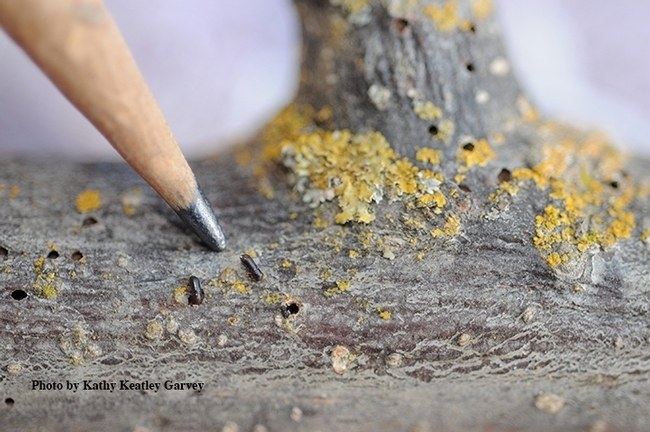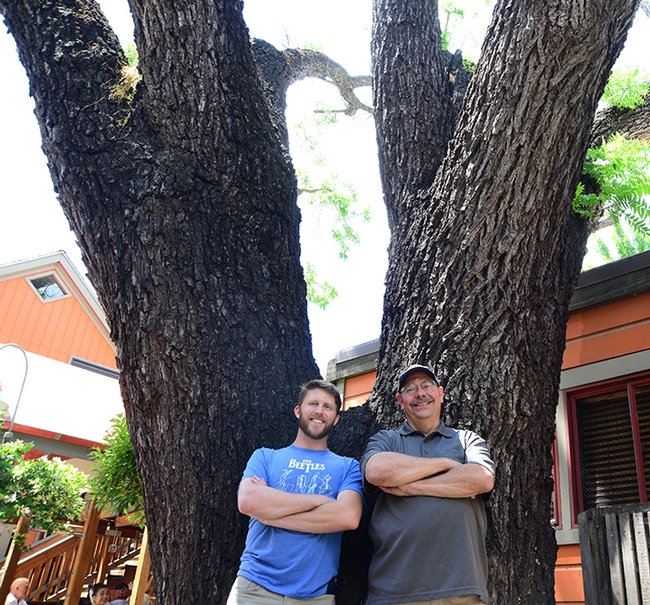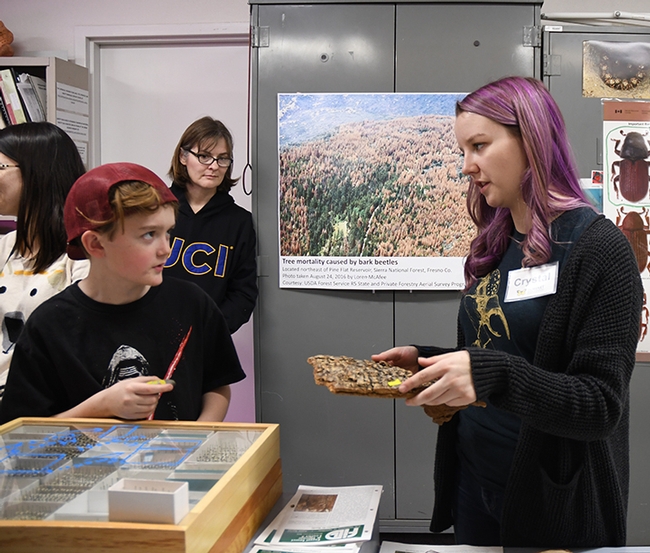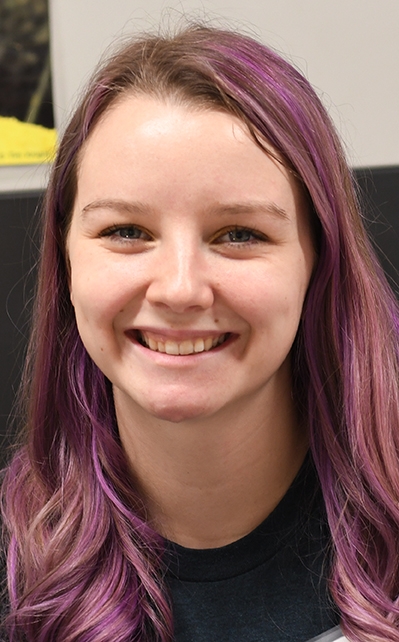- Author: Kathy Keatley Garvey

The seminar, hosted by UC Davis doctoral student Crystal Homicz, begins at 4:10 p.m. in 122 Briggs Hall. The Zoom link: https://ucdavis.zoom.us/j/
"Only in the last few years have we begun to uncover how bristlecone pines do this," he related. "We use field work, chemical ecology and laboratory assays to understand interactions between long-lived bristlecone pine species (Great Basic Bristlecone pine and foxtail pine), co-occurring limber pine, and the mountain pine beetle (MPB). I will talk about recent and going research examining (1) the plant volatile cues used by host-searching MPBs, (2) the terpene-based phloem defenses used against MPB larvae, and (3) tradeoffs between constitutive and induced defenses across these pine species. Understanding these interactions provides insight into the longevity of bristlecone pines, the implications for these species under climate change, and development of management tool to protect trees from bark beetles."
Runyon, based on the Montana State University (MSU) campus in Bozeman, received his bachelor's degree in biology and mathematics in 1998 from the University of Virginia's College at Wise, Va.; his master's degree in entomology from MSU in 2001; and his doctorate in entomology in 2008 from Pennsylvania State University Park, Pa.
In 2014, at a ceremony in Washington, D.C., he received the Presidential Early Career Award for Science and Engineering (PECASE), the highest honor bestowed by the U.S. government on science and engineering professionals in the early stages of their independent research careers.
Runyon is also involved in assessing native plants desired by native bees. (See research and news story)
Homicz, advised by research entomologist Chris Fettig of the USDA's Pacific Southwest Research Station, Davis, began her studies with forest entomologist and chemical ecologist Steve Seybold (1959-2019). Her dissertation research focuses on western pine beetle and red turpentine beetle interactions with forest disturbances, such as drought, wildfire and prescribed fire.
The UC Davis Department of Entomology and Nematology's regularly scheduled Wednesday seminars are at 4:10 p.m. on every Wednesday through March 15. They are coordinated by urban landscape entomologist Emily Meineke, assistant professor. (See schedule.) She may be reached at ekmeineke@ucdavis.edu.
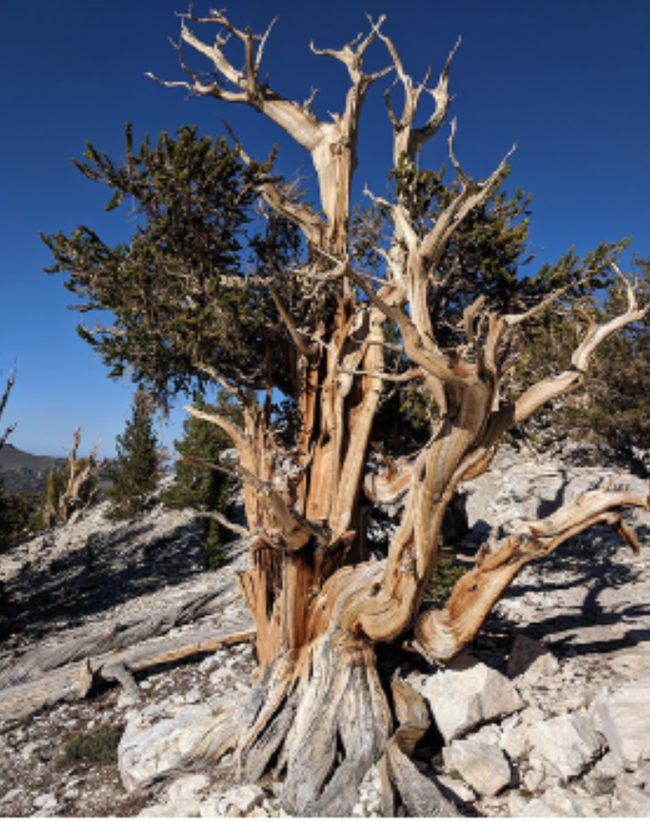
- Author: Kathy Keatley Garvey
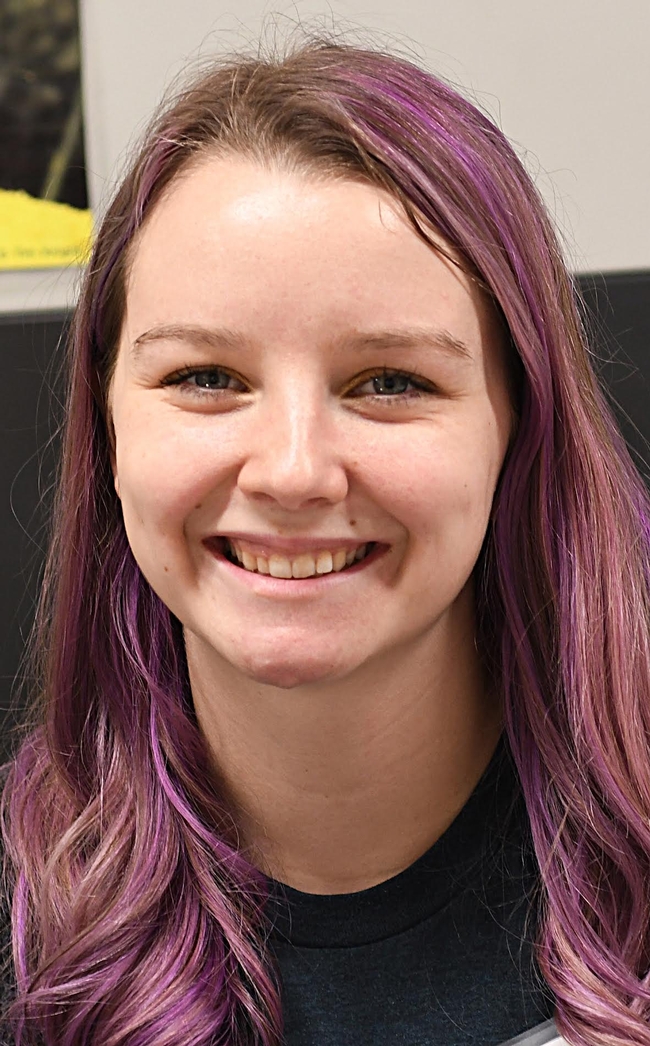
The Zoom link is https://ucdavis.zoom.us/j/8120304398
Homicz focuses her research on the interactions between bark beetles and fire, including the effect of bark beetles on tree mortality after prescribed burning and mechanical thinning in the Sierra Nevada. She is also monitoring increases in fuel loads following a western pine beetle outbreak in the southern and central Sierra Nevada.
Homicz is advised by research forest entomologist Christopher Fettig of the Pacific Southwest Research Station, Davis, and molecular geneticist/physiologist Joanna Chiu, professor and vice chair of the department.
Fettig was a colleague of the late Steve Seybold (1959-2019), a Pacific Southwest Research Station research entomologist and a department lecturer and researcher. Seybold, who served as Homicz' first advisor, was one of the pioneering scientists researching the newly discovered thousand cankers disease (TCD), caused by the walnut twig beetle, Pityophthorus juglandis, in association with the canker-producing fungus, Geosmithia morbida.
Homicz holds associate of science degrees in biology and natural sciences from Shasta College (2016), and a bachelor of science degree in animal biology, with an emphasis in entomology, from UC Davis (2018). Her practicum (with Seybold as advisor): “Landing Behavior of the Walnut Twig Beetle on Host and Non-host Hardwood Trees under the Influence of Aggregation Pheromone in a Northern California Riparian Forest."
As an undergraduate student, Homicz served in the labs of Seybold and James Carey, UC Davis distinguished professor of entomology. As a graduate student, she has served as a teaching assistant for the Animal Biology major, and Introduction to Evolution and Ecology, and as a guest lecturer (forest entomology) in Introduction to Entomology, ENT 10. She presents her research at Entomological Society of America meetings, and at forest-affiliated conferences.
Homicz taught the fundamentals of forestry, including forest ecology, forest measurements and silviculture, at an eight-week UC Berkeley Forestry Camp in 2019. The camp culminated with a capstone project of developing a forest management plant for a 160-acre stand.
Active in campus and community projects, Homicz is a member of the UC Davis Graduate Student Association (EGSA) and represents EGSA at meetings of the campuswide UC Davis Graduate Student Association. She is also a member and former treasurer of UC Davis Entomology Club, advised by forensic entomologist Robert Kimsey. Homicz assisted with Kimsey's Pacific Deathwatch Beetle Surveys on Alcatraz Island.
As a volunteer at the UC Davis Bohart Museum of Entomology, Homicz sorted and identified specimens and integrated specimens into the museum collection. She also participates in the Bohart Museum outreach activities.
An article she co-authored, "Fire and Insect Interactions in North American Forests," is pending publication in Current Forest Reports. Among her other publications:
- Homicz, C.S., C.J. Fettig, A.S. Munson, and D.R. Cluck. 2022. Western pine beetle. USDA Forest Service, Forest Insect and Disease Leaflet # 1, 16pp. https://www.fs.fed.us/foresthealth/docs/fidls/FIDL-01-WesternPineBeetle.pdf
- Homicz, C.S., J. P. Audley, Y. Chen, R. M. Bostock, S. J. Seybold. 2020. Landing Behavior of the Walnut Twig Beetle on Host and Non-Host Hardwood Trees under the Influence of Aggregation Pheromone in a Northern California Riparian Forest. Agriculture and Forest Entomology.
- Audley, J. P., C. S. Homicz, R. M. Bostock, S. J. Seybold. 2020. A Study of Landing Behavior by the Walnut Twig Beetle, Pityophthorus juglandis, Among Host and Non-Host Hardwood Trees in a Northern California Riparian Forest. Agriculture and Forest Entomology
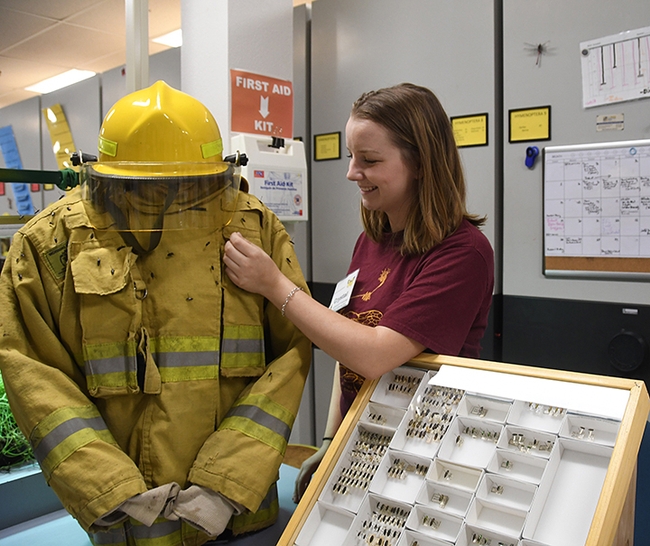
- Author: Kathy Keatley Garvey

- "A Study of Landing Behaviour by the Walnut Twig Beetle, Pityophthorus juglandis, Among Host and Nonhost Hardwood Trees in a Northern California Riparian Forest" (https://doi.org/10.1111/afe.12385).
- "Walnut Twig Beetle Landing Rates Differ Between Host and Nonhost Hardwood Trees under the Influence of Aggregation Pheromone in a Northern California Riparian Forest" (https://doi.org/10.1111/afe.12410)
The walnut twig beetle, in association with the fungus, Geosmithia morbida, causes the insect-pathogen complex known as "thousand cankers disease," which wreaks havoc on walnut trees. The insect, measuring about 1.5 millimeters long, is smaller than a grain of rice. 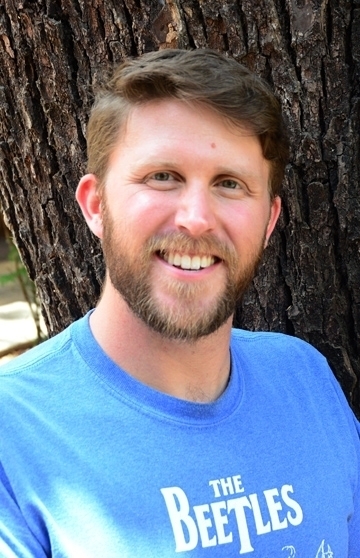
"The first study is one of few bark beetle host selection studies conducted without the use of semiochemical lures," Audley said. "Together, both studies provide strong evidence for directed flight host searching and in-flight, host discrimination behaviors by Pityophthorus juglandis. These papers highlight sources of and provide an ecological context for potential non-host, volatile compounds that may be of use in semiochemical repellents to protect walnut trees from attack by P. juglandis."
- The host selection behaviour of the walnut twig beetle, Pityophthorus juglandis, was assessed by monitoring the landing rates of the beetles with sticky sheet traps on the host and nonhost hardwood branches.
- Sticky sheet traps were deployed for 8 weeks from 6 June to 2 August. 2017 in the Putah Creek Riparian Reserve, Davis, CA. Branches from host northern California black walnut, Juglans hindsii, were paired with branches from six nonhost hardwood species.
- The landing rate of P. juglandis (412 beetles trapped/8 weeks; 389 on host branches, 23 on nonhost branches) was significantly greater on the host branches for all nonhost hardwoods except Populus fremontii. Proportional comparisons of beetle presence also revealed a significant preference for the host branches compared with all but two nonhost species, Acer negundo and P. fremontii.
- Capturing P. juglandis without the use of an aggregation pheromone was a rare event, underscoring the difficulty of studying the initial phases of host selection behaviour in bark beetles. Unbaited funnel traps adjacent to selected host trees in the experiment only captured five individuals over a 19‐week period. None were captured in traps adjacent to nonhost trees.
- This study provided evidence that P. juglandis discriminates between host and nonhost branches while in‐flight. This directed flight behaviour is likely informed by the recognition of both host and nonhost volatile cues.
- This study established an ecological context for the development of a semiochemical‐based repellent system for protecting walnut trees from future attacks from this invasive bark beetle.
Second Paper: Walnut Twig Beetle Landing Rates
The abstract:
- Host selection behaviour of the walnut twig beetle (WTB) among hardwood trees was investigated in a riparian forest in northern California by monitoring the landing rate of the beetle with sticky traps on branches baited with 3‐methyl‐2‐buten‐1‐ol, the male‐produced aggregation pheromone.
- The assay was conducted over 7 days (22 May to 29 May 2017) and compared landing rates on branches of six nonhost species paired with northern California black walnut, Juglans hindsii (the host).
- A total of 2242/1192 WTB were collected on branches of host/nonhost pairs, and more WTB landed on J. hindsii than on nonhosts in 42 of 58 instances. Female landing rate generally exceeded male landing rate, which underscores the influence of the male‐produced synthetic pheromone in this system.
- Landing rates of WTB males, females, and the combined sexes on boxelder, Acer negundo, and valley oak, Quercus lobata, did not differ significantly from the landing rates on J. hindsii, suggesting that these two nonhost riparian hardwoods do not repel WTB (in the context of the aggregation pheromone).
- Significantly fewer WTB landed on Oregon ash, Fraxinus latifolia, river red gum, Eucalyptus camaldulensis, Fremont cottonwood, Populus fremontii, and red willow, Salix laevigata, than on J. hindsii, which suggests that these four nonhosts may repel one or both sexes of WTB in the context of the aggregation pheromone. Future analysis of the volatiles from these four hardwood species may lead to the discovery of semiochemical repellents for WTB.
Co-authors (in addition to Audley, Homicz, Seybold and Bostock) are Yigen Chen, Foundation Research, Analytics and Business Applications, E. & J. Gallo Winery, Modesto, Calif.; and scientist Catherine Tauber, UC Davis Department of Entomology and Nematology, and formerly with the Department of Entomology, Cornell University, Ithaca, N.Y.
Jackson Audley
Audley is now a postdoctoral fellow funded by the Oak Ridge Laboratories, and based at the USDA Forest Service, Pacific Southwest Research Station, Davis. While at UC Davis, Audley investigated behavioral chemicals that repel the walnut twig beetle from landing on English walnut trees. He conducted his research in a commercial orchard near Winters. He received the 2019 Western Forest Insect Work Conference (WFIWC) Memorial Scholarship Award for his research on the chemical ecology of the walnut twig beetle. He holds a master's degree in forestry (2015) from the University of Tennessee, and a bachelor of science degree in wildlife biology and natural resource recreation and tourism (2009) from the University of Georgia.
Crystal Homicz
Homicz, who joined the UC Davis doctoral program in September 2019, received a bachelor of science degree in animal biology with an emphasis in entomology (2018) from UC Davis. Her practicum: "Landing Behavior of the Walnut Twig Beetle on Host and Non-Host Hardwood Trees Under the Influence of Aggregation Pheromone in a Northern California Riparian Forest." She holds associate degrees in both biology and natural sciences (2016) from Shasta College.
For more information on the walnut twig beetle and thousand cankers disease, see the UC Statewide Integrated Pest Management Program website.
